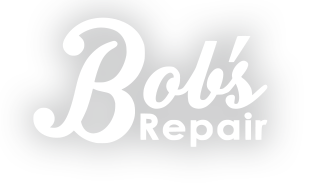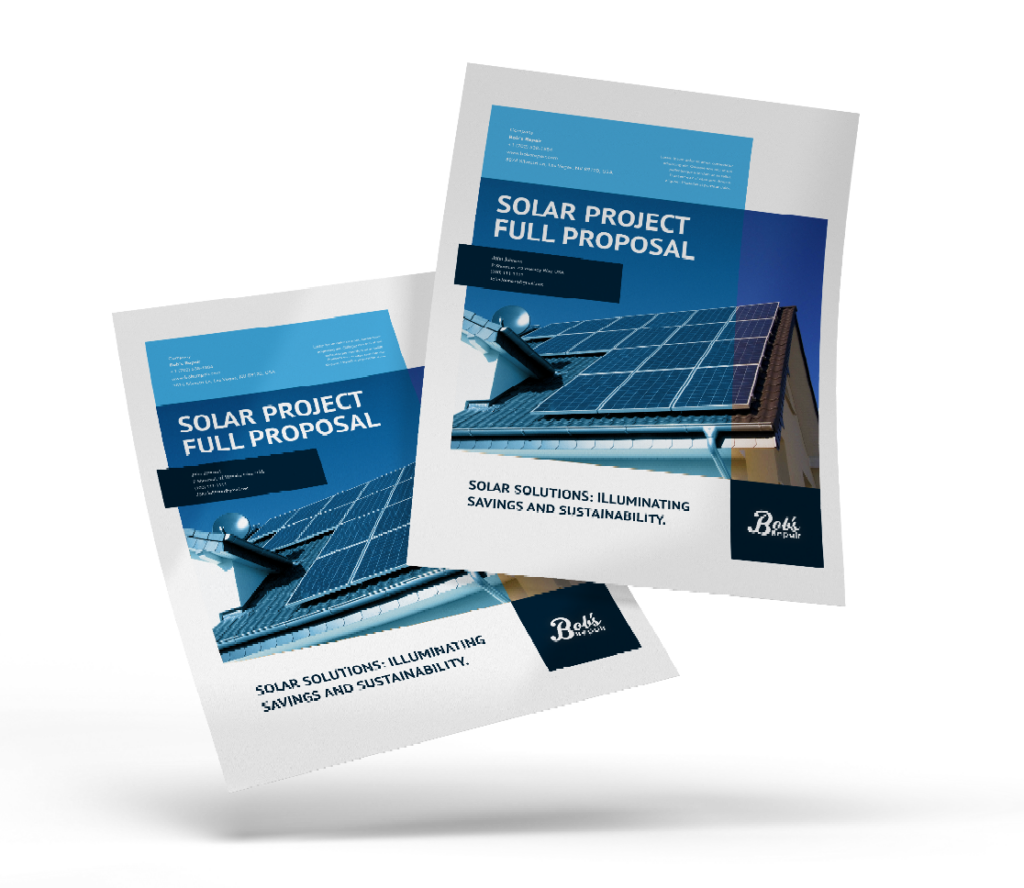Investing in solar panels is more than just a green choice; it’s financially smart. But how do you calculate solar panels’ return on investment (ROI)? What is the payback period? In this article, we will guide you through the intricacies of solar ROI, focusing on how you can maximize your return on investment.
What Affects Solar Panel ROI?
First, let’s delve into the key factors that affect solar panel ROI. Understanding these elements will help you make an informed decision and optimize your solar energy system for the best returns. Several variables can influence your solar panel installation’s financial outcome, from installation cost to solar payback period.
Location
The amount of sunlight your solar panels receive directly impacts their efficiency. In areas with high solar energy potential, your panels will generate more electricity, shortening the solar payback period.
System Size
The size of your solar system will determine the amount of electricity generated. A larger system may have a higher installation cost but can offer better ROI by generating more electricity.
Initial Cost
The upfront cost of installing solar panels can be a significant factor. However, various solar incentives and federal tax credits can help offset this initial investment, improving your overall ROI.
Factors That Affect Solar ROI
It’s crucial to understand the various factors that can influence your return on investment. These factors can vary from the cost of solar equipment to regional electricity rates, and they play a significant role in determining how quickly you can recoup your initial investment. Let’s explore these factors in detail:
Solar Incentives
Federal and state incentives can significantly reduce the cost of a solar panel system. For example, the federal solar tax credit can offset as much as 30% of your total installation costs. Some states also offer additional incentives, such as rebates or performance-based incentives, which can further reduce your overall system cost.
Electricity Cost
The cost of electricity in your area will affect how much your solar panels can save you. For instance, if you live in an area with high electricity costs, the savings from your solar installation will be more substantial. Solar panels can save homeowners hundreds of dollars each month in places like Hawaii, where electricity costs can be as high as 30 cents per kWh.
Solar Panel Efficiency
Higher efficiency panels may cost more upfront but can offer better ROI in the long run. For example, premium solar panels with efficiencies above 20% might cost more initially but will generate more electricity over their lifetime. This increased output can result in more significant solar savings, especially if you have limited roof space for your home solar system.
How to Calculate Your Solar Panel ROI
Calculating the ROI for your solar panel system involves several steps, each contributing to a more accurate estimate of your potential savings and payback period. Let’s break down the process:
Initial Investment
The first step is to calculate the total cost of your solar power installation. This includes the cost of the solar panels, inverters, mounts, and labor for installation. For example, a residential solar system might cost around $20,000.
Federal Tax Credit
The federal government offers a tax credit for solar photovoltaics, which can significantly offset your initial investment.
As of 2023, the federal tax credit for solar systems is 30% of the cost of the system. If you install a solar energy system, you can claim 30% of the total cost as a federal tax credit. This is not a tax deduction or a tax refund; rather, it reduces what you owe in taxes. For example, if you install a solar energy system worth $20,000, you’ll owe 30% ($6,000) less on your federal tax return. If your tax liability is less than $6,000, the remainder of the credit will be applied to your federal income tax liability the following year. However, you won’t be refunded the remaining credit amount in cash[1].
Monthly Savings
Estimate your monthly electricity cost savings by comparing your current electricity bill with the projected output of your solar power system. For instance, if you currently pay $150 per month for electricity and expect to generate 80% of your power through solar, you could save $120 per month.
ROI Formula
Finally, to calculate solar ROI, use the following formula:

In our example, if you save $120 per month, that’s $1,440 per year. Over 25 years (the average lifespan of solar panels), you’d save $36,000. Subtract the initial system cost of $20,000, and you get $16,000. The ROI would then be:

By following these steps, you can get a clear picture of your solar panel ROI and make an informed decision about your solar investment.
By understanding these factors, you can make a more informed decision about your solar installation and how to maximize your ROI. Feel free to integrate this updated section into the article, and let me know if you need any further adjustments!
The Average Payback Period for Solar Panels
It’s essential to note that the numbers provided here are general estimates and can vary based on multiple factors such as location, electricity rates, and individual usage patterns.
Federal Tax Credit
With the federal solar tax credit, the average payback period is often cited to be around 10 years. This estimate takes into account the 30% federal tax credit that can significantly offset your initial investment.
Without Tax Credit
Without the federal tax credit, the payback period can be extended. Estimates often suggest a period of about 13 years, but this can vary widely depending on your specific circumstances.
How to Maximize Your Solar Panel ROI with Bob’s Repair
Invest in Quality Installation
When it comes to maximizing your solar panel return on investment, the first step is ensuring a quality installation. At Bob’s Repair, we offer expert solar panel installation services that are efficient and financially smart. Our seasoned experts bring unparalleled expertise to every installation, ensuring your system is set up for long-term performance.
Keep Up with Maintenance
Regular maintenance is crucial for the longevity of your solar panels. Bob’s Repair helps you navigate this aspect as well, ensuring that your investment in solar pays off in the long run. Our team is committed to helping you achieve optimal solar savings.
Leverage Net Metering
One of the unique offerings at Bob’s Repair is the opportunity to benefit from net metering. This allows you to return excess power to the grid, further improving your ROI. Our solar solutions are designed to increase your property value and offer energy security against power blackouts.
Utilize Enphase’s Advanced Technology
Switching to Enphase through Bob’s Repair is a breeze. Enphase’s micro-inverters are compatible with most solar panel systems, ensuring a smooth and hassle-free transition. Moreover, their intuitive software allows you to monitor and manage your energy usage in real-time from your smartphone. This helps you make informed decisions and optimize your energy savings.
Why Choose Bob’s Repair?
When you opt for Bob’s Repair, you’re not just installing a solar panel system; you’re committing a greener, more sustainable future. Our solar energy systems are designed to reduce your carbon footprint and contribute positively to environmental conservation.
Solar Panels Are Expensive, But Worth It
Solar panels are expensive, that’s true. Let’s explore why, despite the initial costs, solar panels are a worthwhile investment for both your wallet and the planet.
- Long-term Savings: Solar panels are generally warranted for 25 years, offering long-term savings. This durability ensures that your investment in solar will pay off over time.
- Home Value: According to industry reports, solar panels can increase home value by an average of 4.1%. This makes them a dual investment in both energy savings and property value.
- Environmental Impact: Beyond the financial gains, solar panels significantly reduce your carbon footprint, contributing to a more sustainable future.
Unlocking the Full Potential: Solar Energy and Your Return on Investment
Navigating the complexities of solar ROI can be daunting, but armed with the right information, you can make a well-informed decision. Whether you’re calculating the solar panel payback period or wondering how many solar panels you’ll need, the journey to solar power is rewarding. So, what’s holding you back? Let’s summarize the critical points to consider:
Key Takeaways:
- ROI of Solar: A well-planned solar installation can offer a substantial return on investment, especially when you take advantage of federal tax credits and other incentives.
- Solar Panels Take Time to Pay Off: The average payback period is around 10 years with federal tax credits and about 13 years without.
- Many Solar Panels, Many Savings: The size of your solar system directly impacts your potential savings. More panels mean more power and a quicker ROI.
- Calculate the Solar Panel Payback Period: Use the ROI formula to get a clearer picture of your investment’s payback period.
Ready to unlock the full potential of solar energy and power up your return on investment? Don’t navigate this journey alone. Let Bob’s Repair Solar be your guide to a brighter, more sustainable future. Contact us today to get started!



